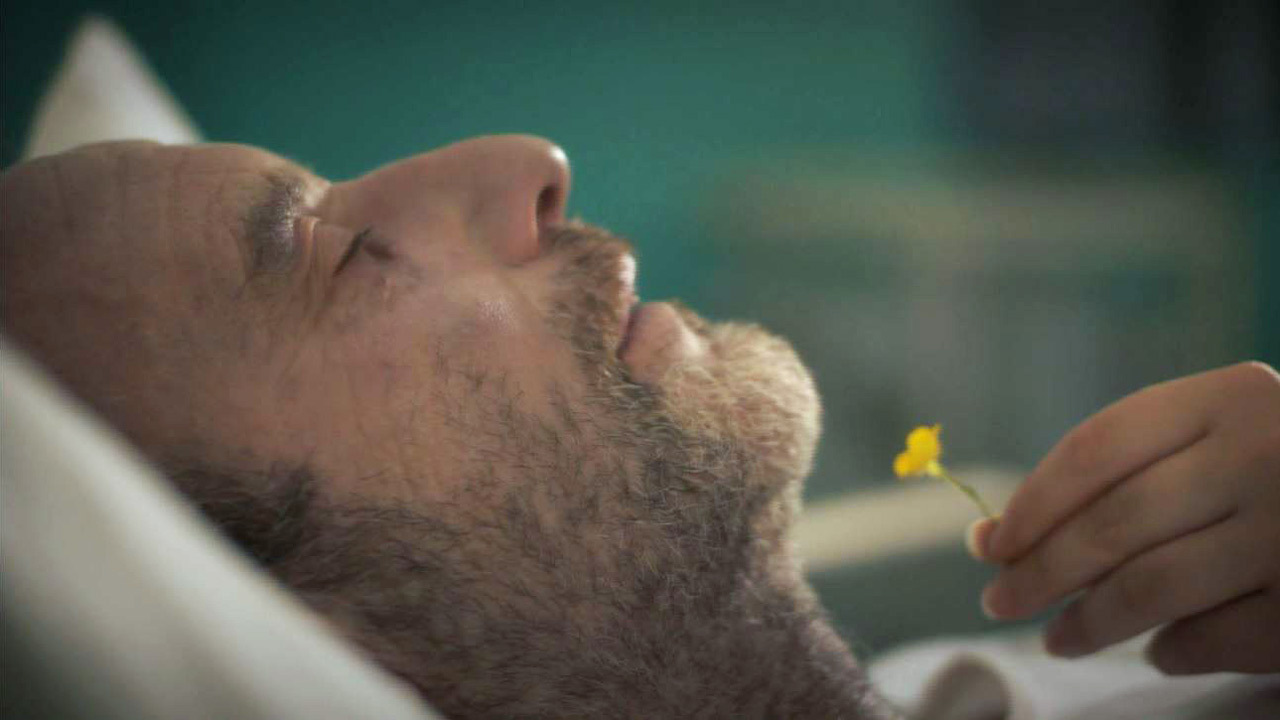If you have been an avid viewer of the series since its inception, as I have, you may have noticed the same patterns in the story writing that the occasional viewer may miss. For instance, I have commented this season on how public health storylines are interspersed at just the right moment to remind us that the midwives were also the community public health nurses. The pattern noted in this episode is something we have also seen before in the series; that is the juxtaposition of midwives at birth, and at death. The story of Albert, dying at the home, lovingly attended by Sister Monica Joan (Judy Parfitt) and Sister Frances (Ella Bruccoleri). There is a saying regarding birth that “every woman deserves a midwife.” Personally, I would add to that, regarding death, “every person deserves a midwife.” The same tender care, sensitivity, comfort giving, and compassion that is present in a midwife’s presence to usher life into the world, should also be available to usher life out as well.
Thought, philosophy, and ritual around death has always fascinated me. Americans have such different views than Europeans. Maybe influenced by our American consumerist culture but I see an urgency, among Americans, to “squeeze” every last drop of time out of one’s life, no matter the quality of that time. That comes, in part, due to the nature of differences in our healthcare systems, but also fundamentally from how we think, and feel, about death. In the US, one estimate notes that end-of-life care accounts for about 10-12% of all healthcare spending. Twenty-five percent of Medicare’s annual spending is used by 5% of patients during the last 12 months of their lives. A Pew Research study demonstrated that 35% of adults say they would tell their providers to do anything possible to keep them alive, even if they were in a great deal of pain and had a disease or illness which rendered them with no hope of improvement.
End of life care is costly, and as much as hospice services have increased in usage over time, they are still underutilized while patients are kept alive days, weeks beyond what they would without the aid of life extending measures. Sixty percent of Americans die in acute care hospitals, 20% in nursing homes, and only 20% at home. So many people’s lives are artificially extended for short periods not increasing the quality of life, only the quantity (in terms of time) and with a huge economic cost.
End of life care is expensive, as is beginning of life care, in the US. Compared to other industrialized countries, the US spends $3 on maternity care services for every $1 other countries spend; yet for the amount spent we do not have superior outcomes to show for the expenditure. Enter my soapbox: in those countries with the best maternal child health outcomes in pregnancy and birth, the majority of the maternity care is conducted by midwives. Physicians are educated to look through a lens of abnormality, which makes them experts in the abnormal. Midwives, on the other hand, view those processes that are germane to a woman’s life – menarche, pregnancy, menopause - through a lens of normalcy, unless and until an abnormality presents, and then we are educated to address the issue. The lens through which one looks colors the way in which situations are approached. The medicalization of childbirth in this country (which includes high induction of labor and cesarean rates, widespread use of continuous electronic fetal monitoring, and numerous labor interventions) has not led to better outcomes for women and babies; the US continues to be one of the least safe places for women to birth – particularly for women of color.
Highly acclaimed American perinatologist and outspoken midwifery advocate Marsden Wagner characterized this best when he said “Having a highly trained obstetrical surgeon attend a normal birth is analogous to having a pediatric surgeon babysit a healthy 2-year-old.” French obstetrician Michel Odent, lifelong supporter of the midwifery model of care, remarked “If we want to find a safe alternative to obstetrics, we must rediscover midwifery. To rediscover midwifery is the same as giving back childbirth to women. And imagine the future if surgical teams were at the service of the midwives and the women instead of controlling them.”
If only that were only the case…a girl can dream.
